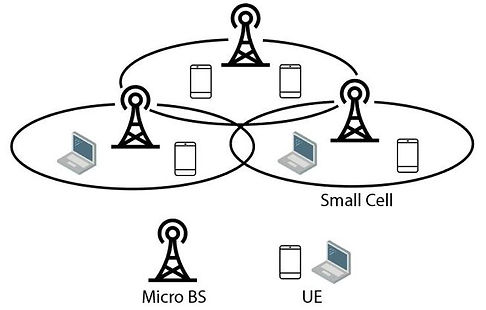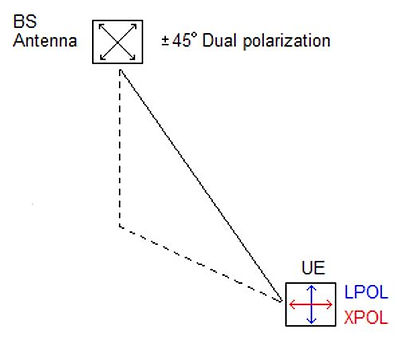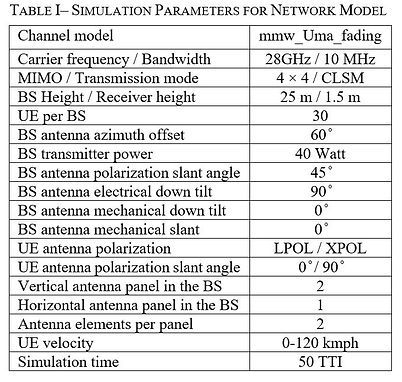Md. Asif Ishrak Sarder

Md. Asif Ishrak Sarder
Research & Projects
Millimeter Wave Communication (mmWave)
Performance evaluation of different small cell network components and receiver antenna polarization operating under PF and RR resource schedulers at high UE velocity condition
Abstract :
With the occupancy of the existing frequency spectrum, the demands of the skyrocketing data traffic paved the path for 5G millimeter Wave (mmWave) technology. The wide frequency spectrum and high directivity can elevate the mean data rate. This performance gain comes at the cost of a higher pathloss which limits the use of mmWave technology to small cells. Also, at such high frequencies, the multipath components and blockages appear as persistent barriers leading to alteration of antenna polarization, affecting resource scheduler performance and throughput degradation. The impact of these barriers for high velocity user equipment’s (UEs) in mmWave network is still left to be studied. Using closed loop spatial multiplexing transmission scheme, this study analyses the effect of receiver antenna polarization and types of resource scheduler used in base station on the downlink performance of mobile users (0-120kmph) in the mmWave small cell network. Thorough investigation has been conducted to infer which antenna combination should be advantageous under different scheduling algorithms for high mobility UEs. Our results indicate that the scheduler performance is complimented by the receiver antenna polarization, and by appropriate selection a better downlink performance can be sustained. Also, reception under linear polarization performs better over circular polarization for high velocity UEs.

Fig: A conventional mmWave small cell network architecture

Fig: Types of antenna polarization working in BS and UE side in the mmWave Downlink channel

Fig: Simulation Parameters for network model using Vienna LTE-A System Level Simulator v2.0
Results Achieved :
Click Here to watch my Video Presentation on this topic in the IEEE sponsored ICECIT 2021 International Conference